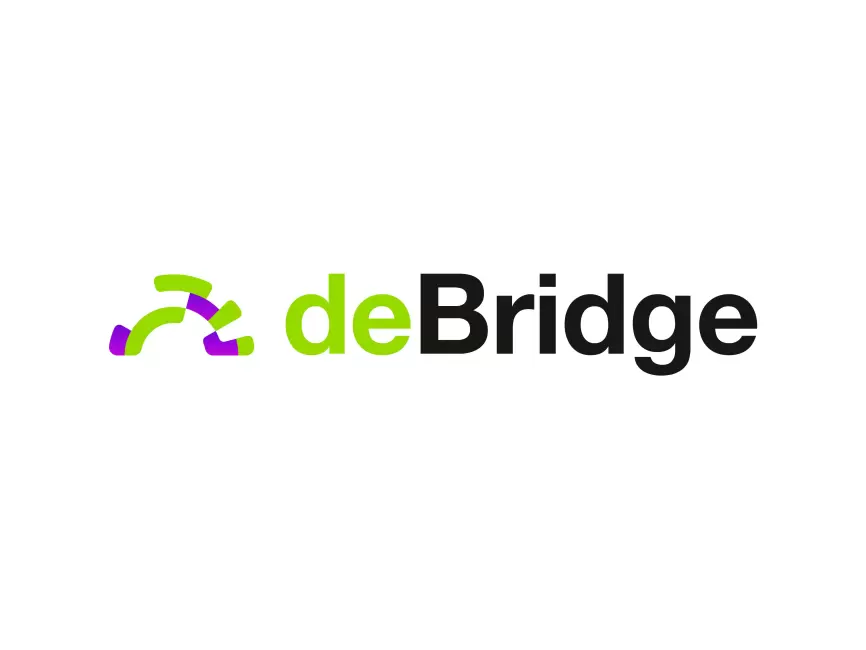Why the okx Wallet Might Be the Secret Sauce for Serious Traders
So, I was noodling on this the other day—trading crypto isn’t just about buying low and selling high anymore. Man, the tools you use can make or break your game. Seriously, it’s like picking the right fishing rod before a tournament. You want precision, speed, and reliability. But also, gotta keep your assets safe while staying nimble. That’s the tricky part.
Now, wallets? They’re often overlooked by newbies, but for us seasoned traders, a solid custody solution with integrated DeFi access? That’s gold. Something felt off about juggling multiple platforms—switching between exchanges and separate wallets just slows you down. Plus, it’s risky when your private keys are scattered across apps. Hmm… what if there’s a smoother way?
Initially, I thought all wallet integrations with exchanges were kinda the same. But then I stumbled upon this thing called the okx wallet. At first glance, it seemed like just another browser extension, but digging deeper, it’s like a powerhouse hiding in plain sight—offering seamless custody, quick trading, and direct DeFi gateway. That’s a combo I didn’t expect to find wrapped in one easy package.
Okay, here’s the thing. Most wallets force you to leave your exchange platform to interact with DeFi protocols. With okx wallet, you’re kinda glued to your ecosystem but without feeling chained. It’s like having a VIP pass at a concert—fast lane access with full backstage privileges. I’m biased, but for traders juggling centralized exchange tools and decentralized finance, this is a very very important feature.
Wow! Imagine cutting your transaction time while maintaining full control over your funds. The speed boost alone can mean the difference between bagging a quick profit or watching it slip away.
Let’s talk custody for a sec. The usual gripe is about security—hot wallets are convenient but vulnerable; cold wallets are secure but clunky. The okx wallet strikes a balance. It’s non-custodial, meaning you hold your private keys, but its architecture supports quick, secure access to OKX’s centralized exchange services. It’s like having a hybrid car that runs on both gas and electric—best of both worlds but without the typical compromises.
On one hand, DeFi access feels like the wild west sometimes—exciting but scary. On the other hand, centralized exchanges offer stability but lack that DeFi flexibility. Though actually, okx wallet blends these worlds so traders can hop into yield farming or liquidity pools without hopping through hoops or risking key exposure.
Check this out—

That dashboard? It’s slick. You can manage tokens, trade directly on OKX, and connect to DeFi apps—all in one place. No more flipping tabs or digging through menus. It reminds me of how I used to juggle three different apps just to move assets around. Now, it’s just one streamlined workflow.
One caveat though—while the integration is tight, I noticed the learning curve can be a bit steep for folks fresh to crypto wallets. There’s a lot packed in there, and if you’re not careful, you might accidentally swap tokens or approve contracts you didn’t mean to. So, not exactly “plug and play” for everyone. But if you’re the kind who likes to tinker and dig deep, it’s a treasure trove.
Another thing that bugs me slightly is the occasional UI lag when handling multiple DeFi transactions simultaneously. It’s not a dealbreaker but worth mentioning. Maybe future updates will smooth out those rough edges.
Trading Tools That Actually Make Sense
When you’re trading on OKX via the wallet, you get access to advanced features like spot and futures trading without leaving the wallet interface. My instinct said, “Could this really replace my usual setup?” Initially, I was skeptical—trading directly from a wallet felt too streamlined, like missing some analytical depth.
But then I realized, the wallet doesn’t dumb down the experience. Instead, it layers in essential analytics and order types right where you need them. You can set limit orders, stop losses, and even view real-time charts. Yeah, it’s not a full trading terminal like some dedicated platforms, but it’s surprisingly robust for a wallet extension.
Honestly, that’s a game-changer when you consider that many wallets are just static vaults. Here, the toolset empowers you to act fast. It’s like having a Swiss Army knife in your pocket rather than a single blade.
And speaking of acting fast, the wallet’s integration minimizes withdrawal waiting times. Instead of processing withdrawals separately, you can move funds internally between your wallet and exchange balance instantly. That’s clutch when markets move fast and every second counts.
Really? Yeah, really. This kind of fluidity lets you be nimble without sacrificing security. It’s something I’ve wanted for a long time but didn’t think was possible until I played around with this setup.
Now, here’s a little tangent—(oh, and by the way…) the okx wallet also supports cross-chain asset management. So if you’re dabbling beyond Ethereum or Bitcoin, you can manage multiple blockchains within one interface. That’s handy because hopping between different wallets for each chain is a major headache.
But, full disclosure: multi-chain support isn’t flawless yet. Some assets still require manual bridging or external tools. It’s a work in progress, but the roadmap looks promising.
DeFi Access Without the Usual Headaches
DeFi is where things get wild. Yield farming, staking, liquidity pools—all amazing opportunities but often surrounded by confusing UX and security risks. The okx wallet offers direct access to popular DeFi protocols with built-in security prompts to prevent common mistakes.
Initially, I thought DeFi integration in wallets was mostly hype. But after testing, the seamless transitions from custodial trading to decentralized finance blew me away. You’re not forced to leave your safe zone or compromise on transaction speed.
One of the coolest parts: the wallet lets you sign transactions with just a couple of clicks, and it shows detailed info about gas fees and contract risks. That kind of transparency is rare and really helps build trust.
Still, I’m not 100% sure about its long-term security vetting processes. DeFi is a fast-moving space, and vulnerabilities can pop up overnight. So, while the wallet provides a solid interface, users still need to stay vigilant and do their own research.
Here’s a pro tip: if you’re going to dive into DeFi using the okx wallet, start small and test the waters before committing big stakes. It’s easy to get carried away when everything feels this accessible.
Overall, the combination of custody, trading, and DeFi in a single tool is something I didn’t realize I needed until I tried it. It’s not perfect, but for US-based traders looking to streamline their crypto workflow, it’s a strong contender.
And you know what? The fact that it’s tied closely to a major centralized exchange like OKX adds a layer of comfort. You get the innovation of DeFi with the backing of a regulated entity. That’s not a small thing, especially when crypto markets can feel like the wild west.
So yeah, if you’re hunting for a wallet that doesn’t just store assets but actively enhances your trading and DeFi game, definitely give the okx wallet a serious look. It might just be the tool that shifts your strategy from reactive to proactive.

